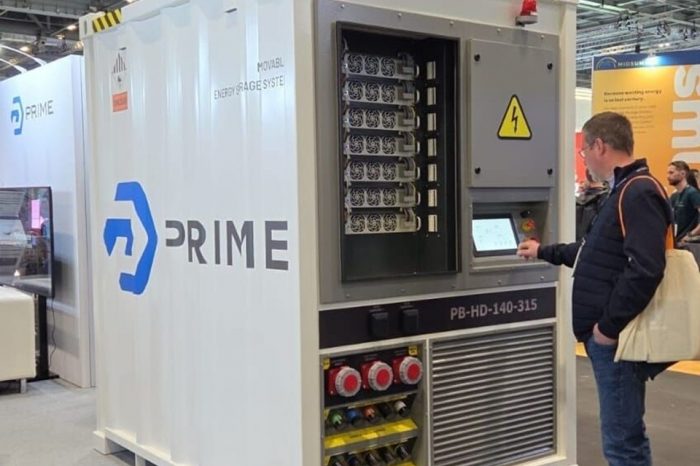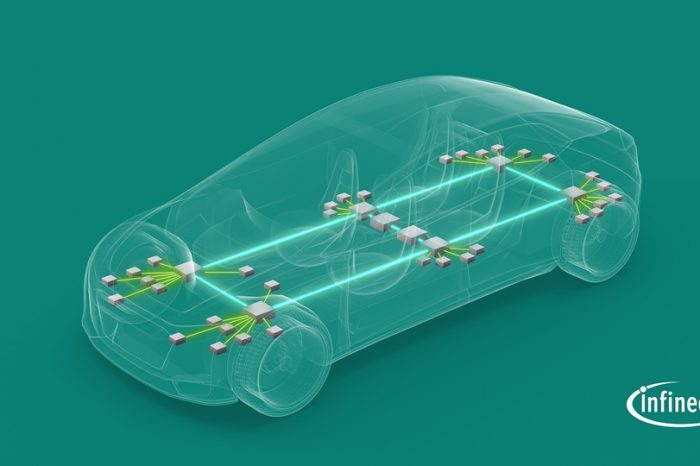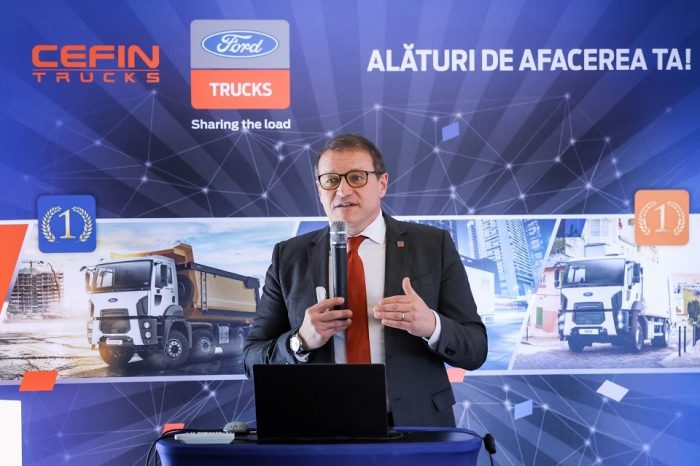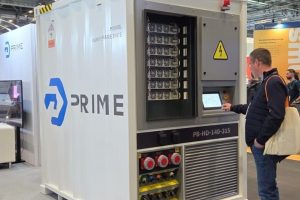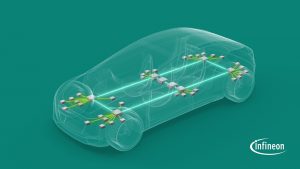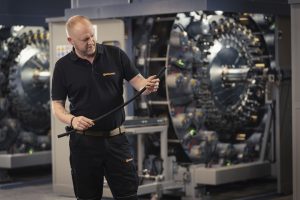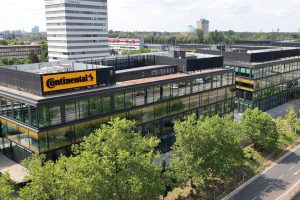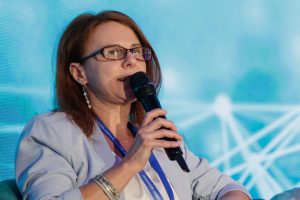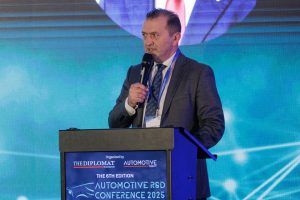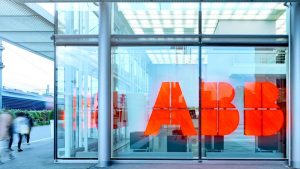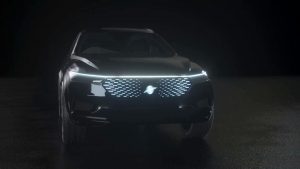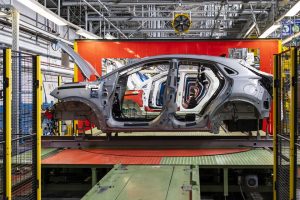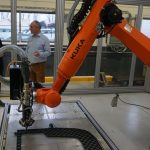Ford opens new 3D printing centre to support production of electric vehicles in Europe
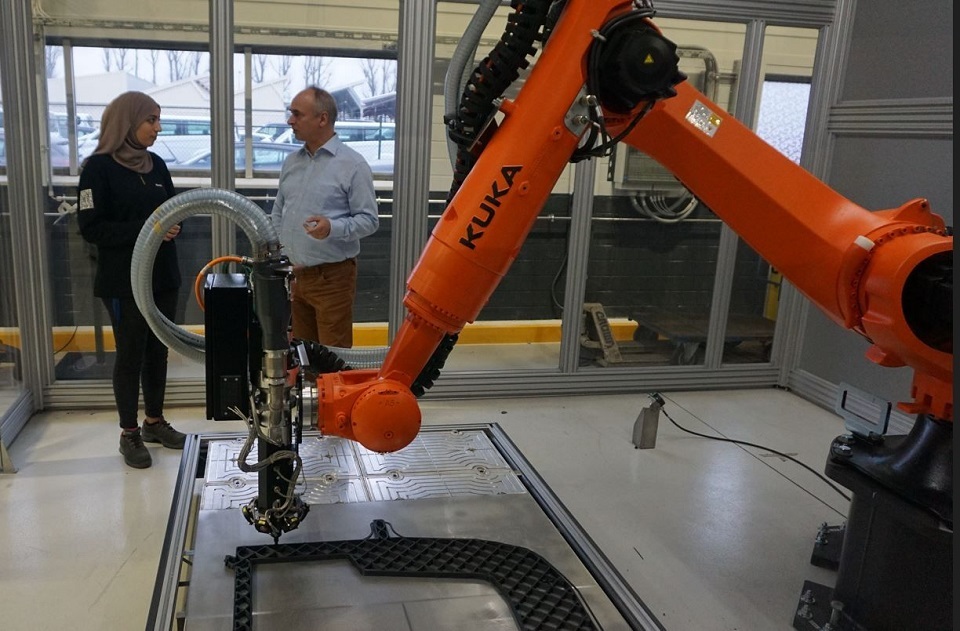
By the end of the year, the first fully electric volume model from Ford in Europe will roll off the assembly line in Cologne. Ford is also opening a new 3D printing centre to make production processes more efficient and sustainable.
Twelve high-tech 3D printers produce a wide variety of plastic and metal components from just a few centimeters in length and weighing as little as 30 grams, to others – produced by the centre’s largest 3D printer – measuring up to 2.4 metres long, 1.2 metres wide and 1 metre high, and weighing 15 kilograms.
“We primarily produce tools and fixtures for our manufacturing areas here,” said Nurah Al-Haj-Mustafa, Ford engineer for 3D printing. “Each part can be absolutely unique. Nevertheless, every print is the same in terms of quality and properties.” These are, for example, measuring gauges for checking dimensions, templates for attaching the Ford logo, and in the future also massive gripper constructions as attachments for robots in body shell construction. Components for pilot and small series vehicles can also be printed in the new 3D printing centre.
Aside from the flexibility of 3D printing it can also save time and money with small quantities – up to 80 per cent compared to the conventional injection molding process, in which the production of the respective mold is very complex. There is also a sustainability aspect; 3D printing requires significantly less material and the shredded granules can be reused. The Manufacturing and Materials team at the Ford Research and Innovation Center in Aachen is currently working on a pilot project for the recycling of granulate for 3D printing.
The 3D printing process has been around at Ford in Cologne for a long time. As early as the 1990s, engineers at the Merkenich development centre began to 3D print components for test vehicles and prototypes. In 2019, for example, the Ford Research and Innovation Center was able to produce the largest metal part ever made using 3D printing. This was an aluminum intake manifold for the engine of a Ford F-150 converted by the late drifting legend Ken Block.
What is new and special about the 3D printing centre in Cologne is the networking with the other areas and the low-threshold access. Every Ford employee can submit an application via an app, adding their own drawing of the part they want or describing what they need it for.
“We are pursuing a start-up approach with short distances and little bureaucracy,” said Oliver Färber, who, as plant manager of the engine plant, is also responsible for the area of the 3D printing centre. “The parts requested by the employees are then specially designed by the 3D printing team and can therefore be produced very quickly.”
For example, a door edge protector has already been created that is currently being tested on the line in final assembly and may be used at other stations in the future. An ergonomically improved installation aid for airbags is also being tested. Parts are already being 3D printed for the future production of the first e-model ‘made in Cologne’, with 1,800 impact protection devices currently being built for the new door transport system. They ensure that the doors are not damaged during transport to the line.


